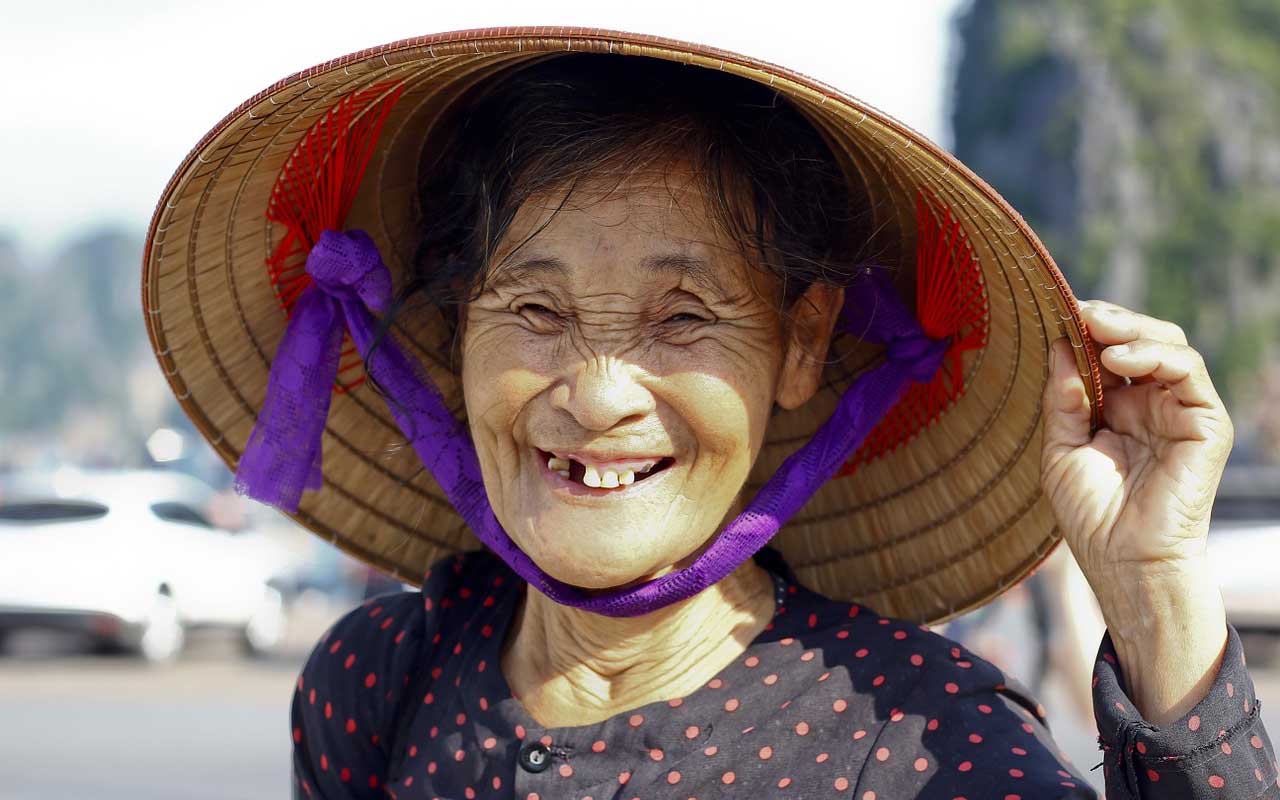Japan, an island nation, has a history that dates back centuries. Its rich culture and wonderful people can teach us a thing or two when it comes to life. Unlike most countries that are one solid land mass, Japan is actually a group of islands that form a country. The Japanese archipelago consists of 6,852 islands but only 430 of those islands are inhabited. In fact, the country’s capital, Tokyo, is the most populated city on Earth, with 37,468,302 people. This country is incredible, but there are a few things people often forget about. Here, we have gathered some fun, fascinating facts about this country and its rich culture.
1. Japanese trains are one of the most punctual in the world. They only have an average delay of 18 seconds.

When it comes to being punctual, you can count on the Japanese railway system. Their trains are known to arrive and depart on time. In fact, last year in November, Japan’s Tsukuba Express line between Tokyo and Tsukuba issued an apology to its customers because the train departed the station 20 seconds early. Yes, you read that correctly. Travelers were given a written apology, even though no one demanded
According to JR Central, one of central Japan’s main railway companies, the average annual delay per operational train is 0.9 minutes. This includes uncontrollable delays such as natural disasters.
2. More than 68,000 people in Japan are over 100 years old.

Last year, Japan’s Ministry of Health, Labor, and Welfare reported that the country had broken its record for the number of people living past their 100th birthday. Japan has the highest proportion of people over 65 and the widespread longevity has been amazing scientists for decades. Women account for more than 87% of Japan’s centenarians.
In 1963, Japan was home to just 153 centenarians, while the number stood at 10,000 as recently as 1998. In the past, the government has gifted centenarians with silver cups in the prime minister’s name but today, they are only gifted silver-plated cups to reduce costs.
3. The Japanese love to keep everything nice and tidy. In fact, Japan has one of the world’s most elaborate garbage disposal systems.

In Japan, when it comes to taking out the trash, it is not as simple as throwing it in garbage cans. The country has a set of rules and detailed methods to getting rid of trash. It all starts at one’s home where they have to follow a garbage-sorting guide to determine the type of waste and how to discard it. Each town or city has their own garbage-sorting guide and some are 42 pages long.
After sorting the trash, it has to be put in an appropriate colored bag for pickup or dropoff. This might sound like a harsh rule enforced on its citizens but in reality, it’s not. The island nation has challenges, such as lack of land suitable for landfill. According to Waste Atlas, each person in Japan produces an average of 356.2 kg of waste per year, while Japan as a whole generates 45,360,000 tons of municipal waste per year; ranking 8th in the world. Unlike larger countries like the United States and China, there simply isn’t the space to bury it all. This is why recycling is so important and strictly enforced.
4. The Japanese concept of “Wa”, refers to seeking harmony everywhere.

Japan is a conflict-avoiding culture because they follow the concept of “wa”, which literally translates to “harmony”. In order to be polite, the Japanese society expects people to hide their true feelings in many circumstances. This can have both positive and negative results. This situation can also be described by Honne and Tatemae, that might be translated as “true opinion” and “public face.”
This concept is also followed by many other cultures, where if one presents you with a gift you don’t like, you pretend to like it in order to show respect. In Japan however, manners are viewed as customs rather than heartfelt gestures. The classic example is Japan’s reasonably low crime rate. Of course, crime exists in Japan, but when compared to the US, the rates are startling. It is the safest country in Asia and has the second-lowest homicide rate in the world.
5. Kongo Gumi is the oldest continuously operating company in the world. The construction company was founded in 578 CE, until it was absorbed as a subsidiary of Takamatsu in 2006.

Kongo Gumi was a successful Japanese company, involved with the construction of spectacular Buddhist temples. The world’s oldest continuously operating family business survived 14 centuries of political upheavals, economic crises, and world wars. The company was started by Shigemitsu Kongo, a skilled carpenter in 578 AD.
Since its creation, the company was passed on for centuries from generation to generation and was responsible for the creation of some of Japan’s famous landmarks. When an economic crisis hit Japan in 2006, Kongo Gumi could no longer sustain its debt and the 1,429 year old company went into liquidation. In 2008, it was absorbed by Takamatsu Ltd.
6. The Japanese follow the principle of “Kaizen”, where they devote at least one minute a day towards a skill they want to improve.

The principles of Kaizen are simple: “big results come from many small changes accumulated over time”. When we consider something to be hard and requiring too much effort, we have a natural tendency to either give 100% or give it up completely. Kaizen is all about moving forward in an interval that shows instant, tangible results as a form of motivation. The secret of this principle lies in its systematic nature, which makes even one minute of daily activity worth several hours of practice once a week.
7. Japanese schools consider cleanliness as part of education. In fact, students are responsible for keeping their classrooms and bathrooms clean.

In America, we have janitors who are given the task of keeping the schools clean. But in Japan, cleanliness is considered to be a part of their education. Japan is famous for o-soji (cleaning), which starts after lunch and lasts 20 minutes. This takes place four times a week and every student is responsible for his/her classroom and two other designated locations.
This encourages the young minds to be respectful to others, as well as promoting equality. Younger students are also assigned to work with older students to promote interaction between upper and lower level grades. The practice of cleaning and keeping things tidy follows them throughout their life; which we saw during the FIFA World Cup when Japanese football fans cleaned up the stadium after their game.
8. Japanese people between the ages of 40 and 74, have to undergo an annual waist measurement test.

It’s hard to find an overweight person in Japan but the Japanese government is determined to keep it that way. In 2008, the Japanese government made a mandatory law, requiring all it’s citizens between the ages of 40 and 74 to undergo a waist measurement test. The waistline limit is 33.5 inches for men and 35.4 inches for women. More than 56 million waistlines, or about 44 percent of the entire population undergoes this unusual test annually.
Those exceeding the limit will be classified as overweight, or metabo, the preferred word in Japan. They will also be given a 3 month period to lose weight. If they fail to reduce the size limit, they will be given a dieting guidance for six months.
9. The Japanese practice Kintsugi, which consists of repairing broken ceramics in a special way.

The Japanese philosophy Wabi-Sabi teaches people to see beauty in everything; even if it’s a broken piece of pottery. Kintsugi is a form of art in which one repairs the broken piece of ceramic with a mixture of gold, silver or platinum. The mixture is used to fill the cracks so that they can be seen instead of being hidden. In this modern world that strives perfection, this is a beautiful technique to cherish the history of an object.
10. Every September, Japan celebrates “Respect for the Aged Day”.

While we have National Lobster Day or National Pancake Day, the Japanese celebrate “Respect for the Aged Day”. Known in Japanese as Keiro no Hi, Respect for the Aged Day honors Japan’s elderly citizens. The holiday is a reminder to the younger generation for the contributions that elderly citizens have made to Japanese society. The Japanese celebrate this day by showing respect to elders in the family as well as the neighborhood, and some even offer gifts to show their appreciation.




